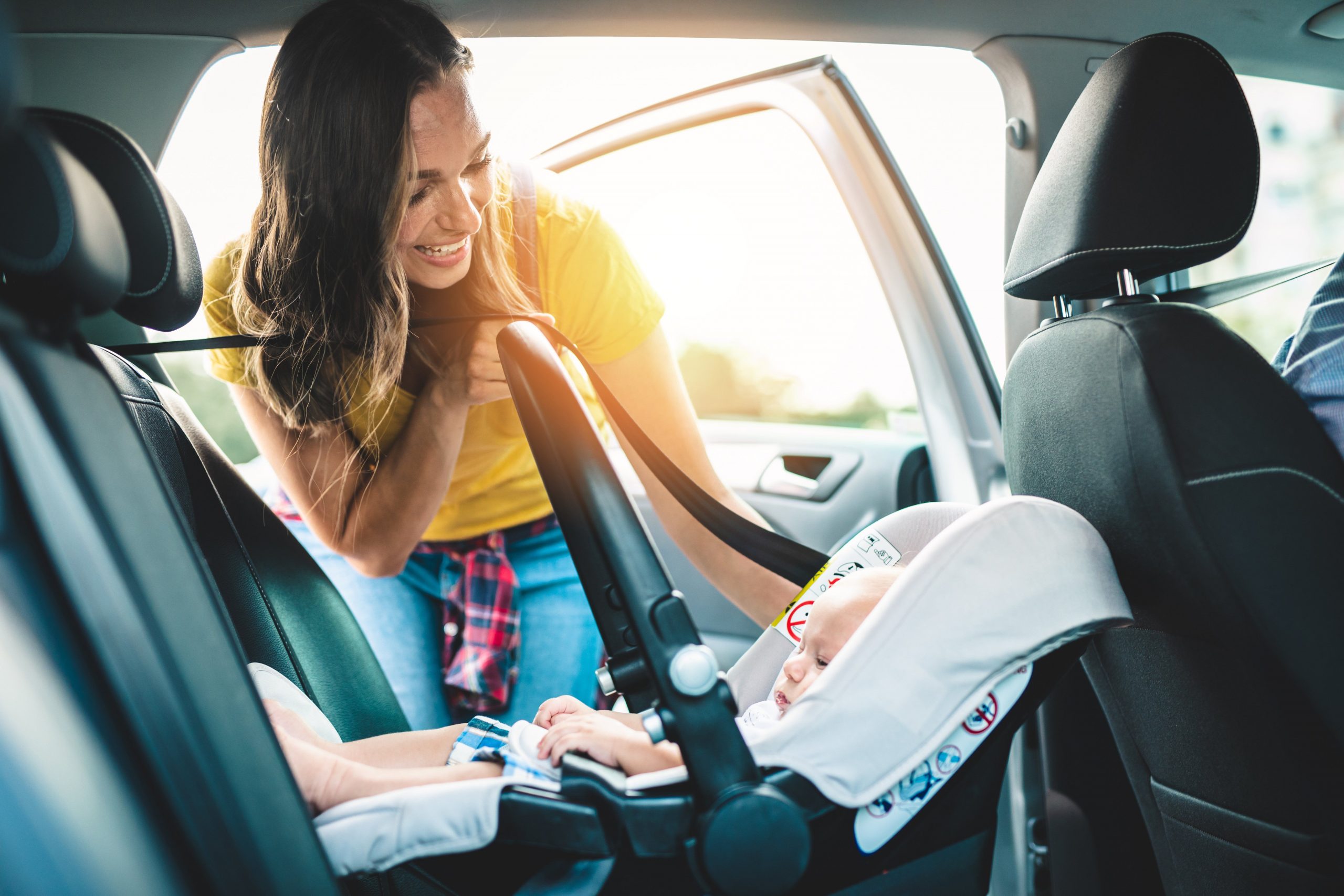
Many parents in the United States aren’t installing child car seats correctly, a new study finds. Errors in car seat installation are common, even for seats that have a 5-star rating for features like ease of use, researchers found. The study found that fewer errors were detected when parents installed seats that had higher ratings,… read on > read on >













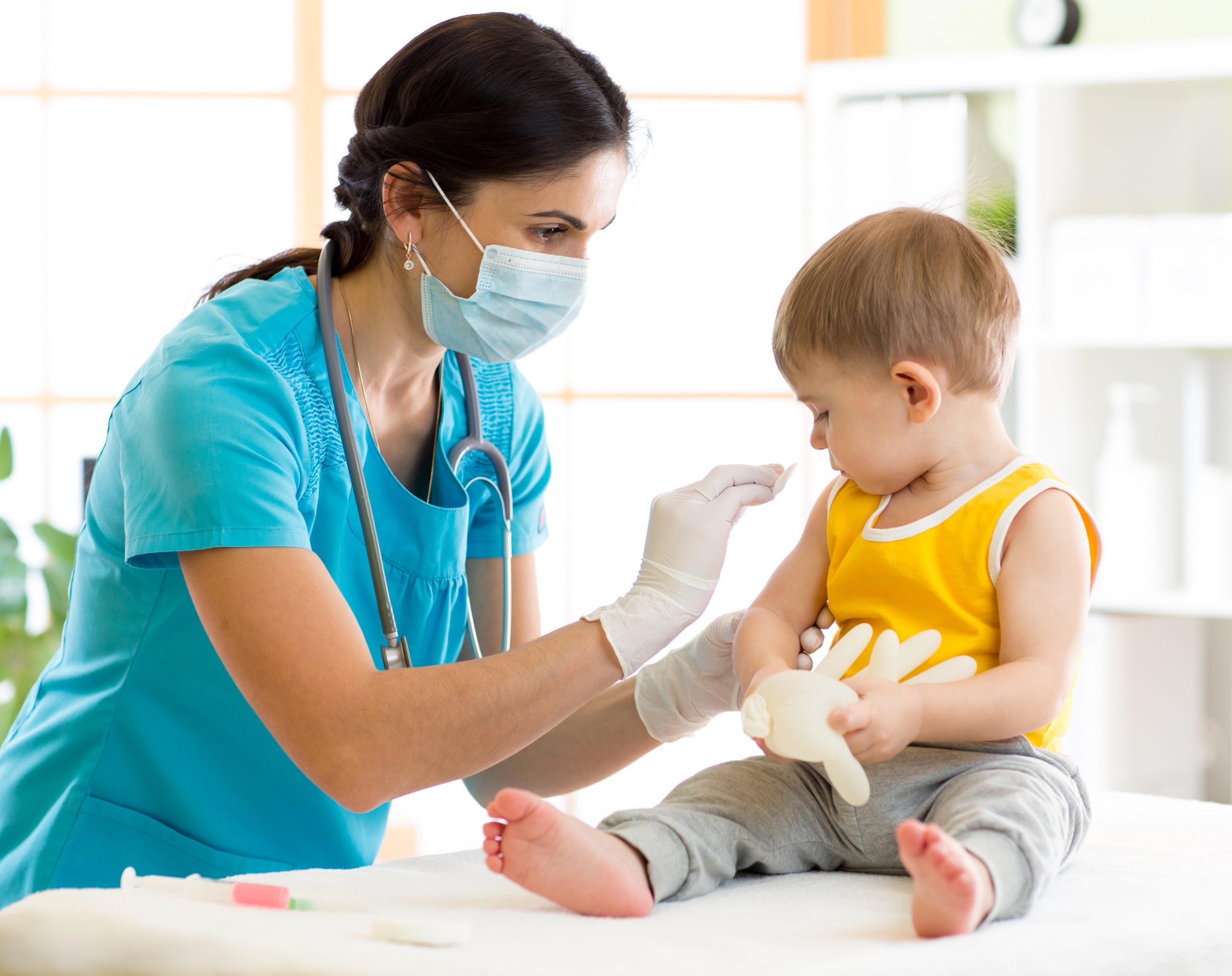
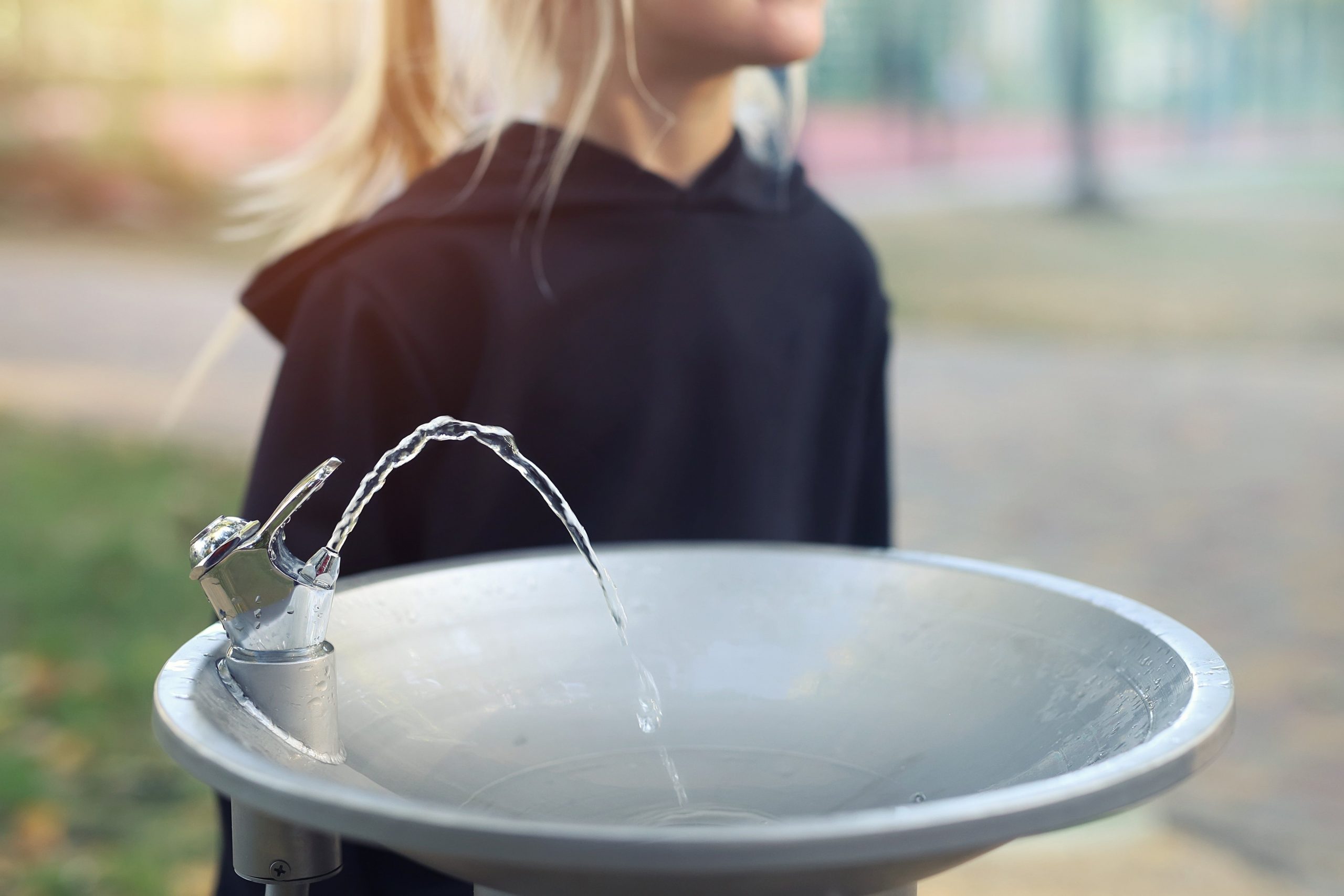
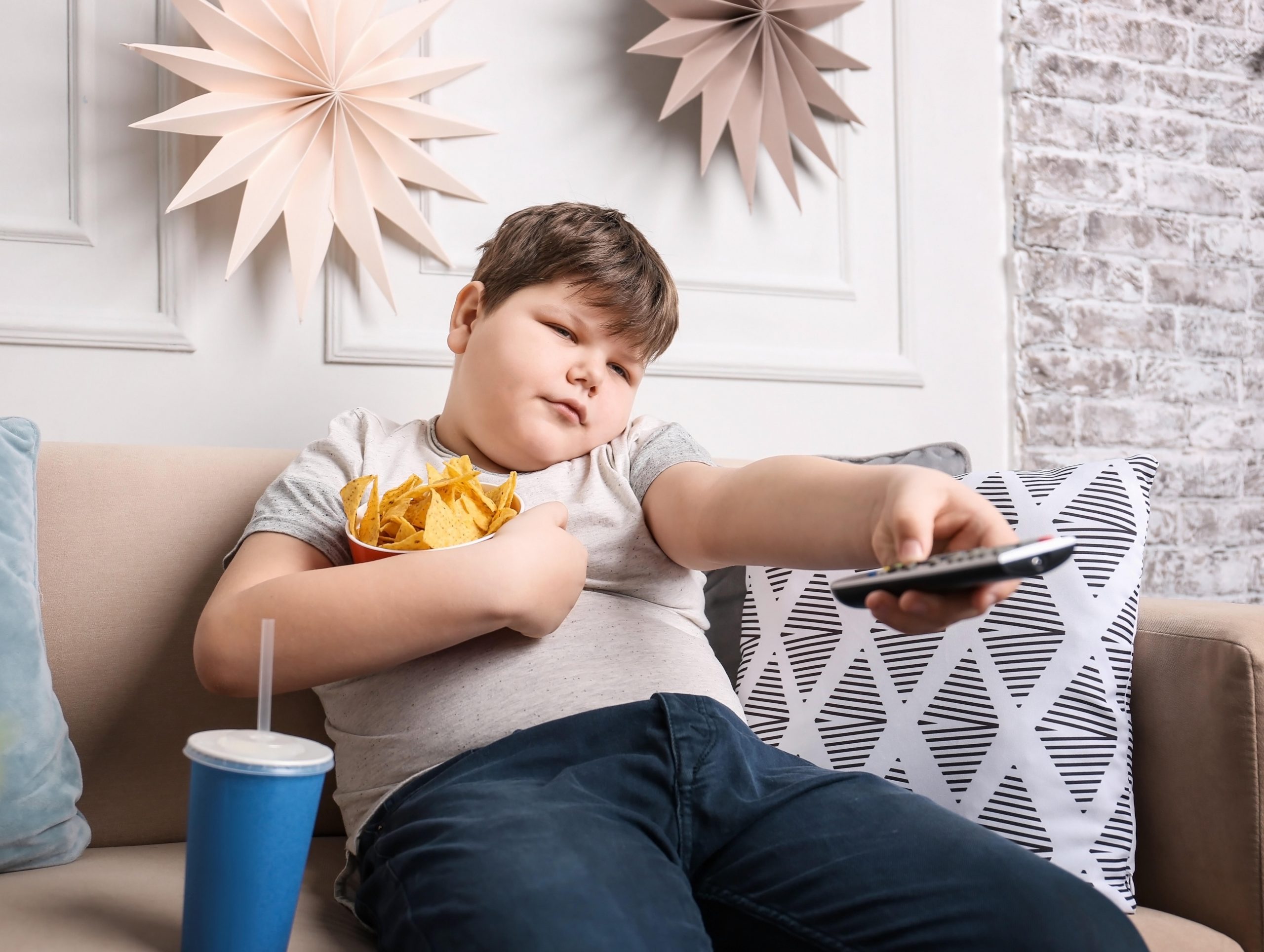
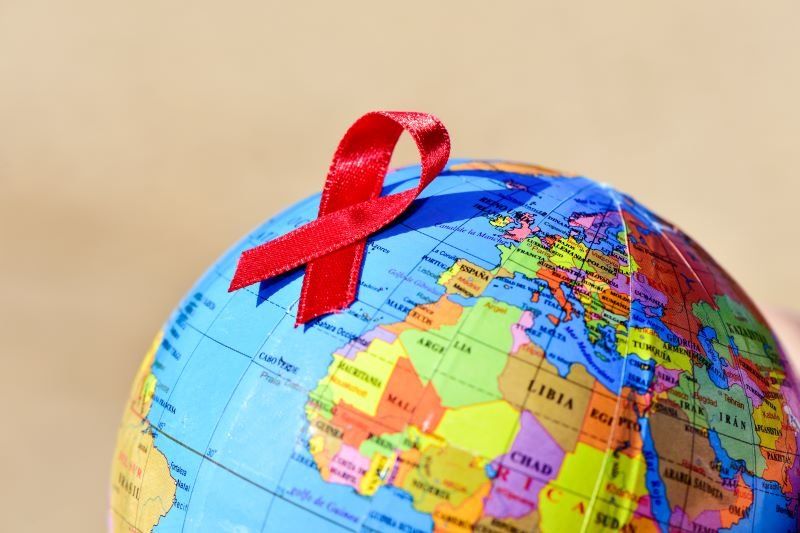

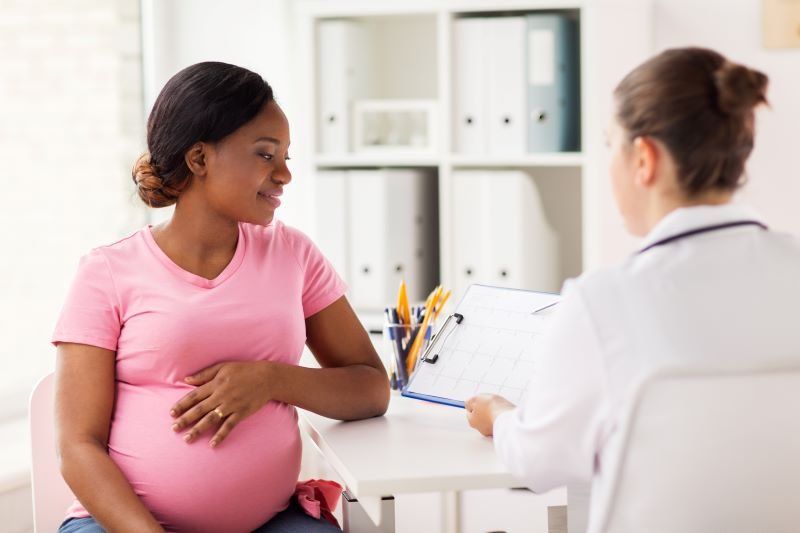







-300x200.jpeg)



